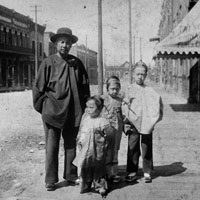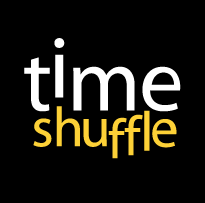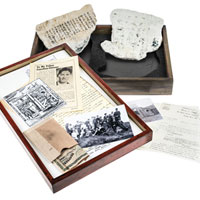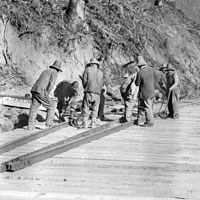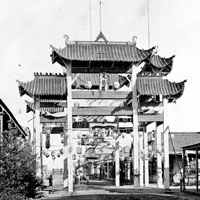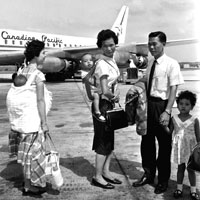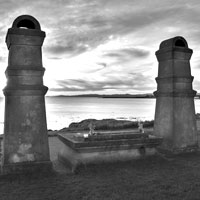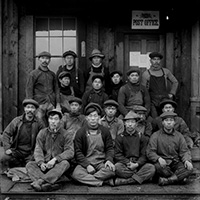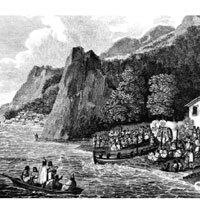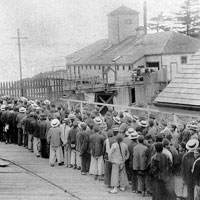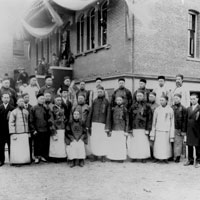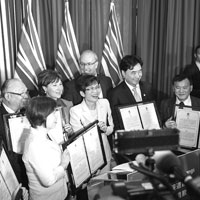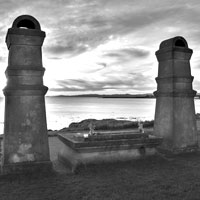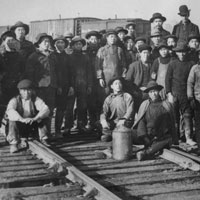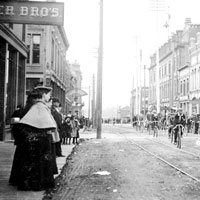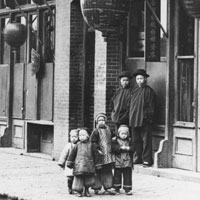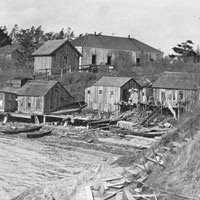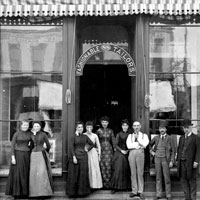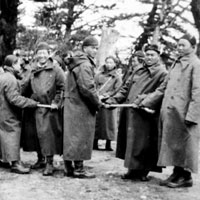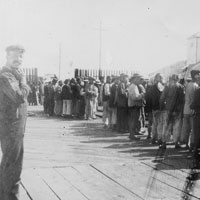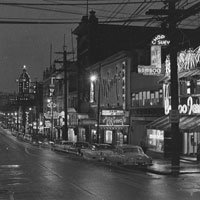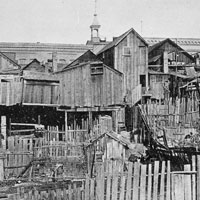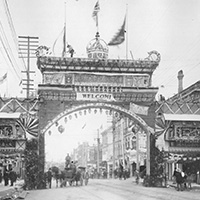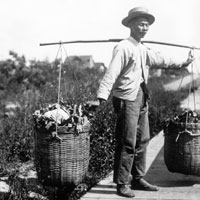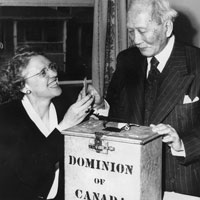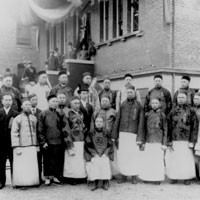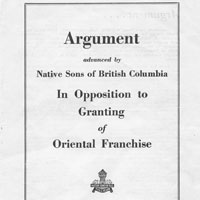Purpose
Bamboo Shoots: Chinese Canadian Legacies in BC is the result of an educational legacy initiative following the May, 2014, BC government's formal apology for historical wrongs committed against BC’s Chinese Canadian community.
Prior to the formal apology, consultation forums were held with representatives of Chinese Canadian communities across the province. Community representatives commented on the wording and delivery of the apology, and offered suggestions and advice on legacy efforts resulting from the apology.
The overwhelming consensus at every forum was the need to update the BC Kindergarten to Grade 12 social studies curriculum, and provide supporting educational resources to better reflect our rich multicultural heritage, as well as to acknowledge the contributions Chinese British Columbians have made to our cultural, economic, and social fabric. The BC Ministry of International Trade, responsible for multiculturalism, led this important legacy initiative in collaboration with the BC Ministry of Education, BC teachers and the Royal BC Museum.
Bamboo Shoots, the title of this resource, is used as a metaphor for the movement of people. Like bamboo, families send out shoots by moving to new places, establishing communities, and contributing to the development of BC. Like the bamboo plant, Chinese Canadians have demonstrated their flexibility, strength, and resiliency as they built their legacy in this province.

